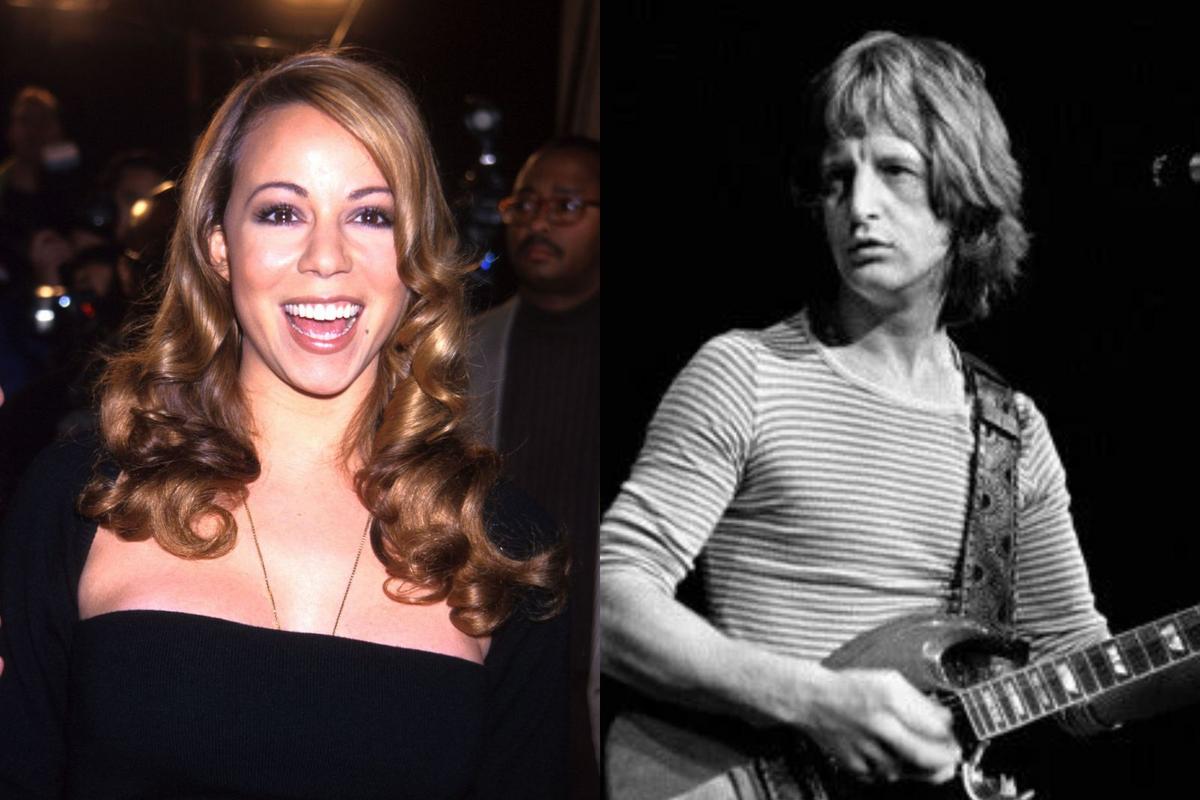When Pete Ham and Tom Evans of Badfinger penned 1970’s “Without You,” they almost certainly had no idea it would one day become an international hit.In fact, neither man thought the song had much potential to begin with. They also wouldn’t live to see the success. Ham would die by suicide in 1975, five years after the song was released on Badfinger’s album No Dice, and Evans would die by the same cause in 1983. Conflict over financial matters played a role in both men’s death — their manager Stan Polley signed them to a contract with Warner Bros. in the early ’70s that provided Polley himself with most of the band’s earnings. In 1974, Warner sued Polley, who more or less disappeared from the picture, effectively leaving the members of Badfinger with nothing.”I will not be allowed to love and trust everybody,” Ham wrote in his suicide note (via The Independent). “This is better. Pete. PS Stan Polley is a soulless bastard. I will take him with me.” Less than a decade later, Evans fought over the phone with his bandmate Joey Molland over royalties to “Without You.” After the argument, Evans hanged himself in his garden.Listen to Badfinger’s ‘Without You’There was someone, however, who thought “Without You” had merit: Harry Nilsson, who released a cover of it in 1971. Why? He reportedly mistook it for a Beatles song when he first heard it at a party one night, an understandable mistake.That recording did not come without its own share of challenges over how best to present the song.”I had to force him to take a shot with the rhythm section,” producer Richard Perry would later recall to Mojo (via Far Out). “Even while we were doing it, he’d be saying to the musicians, ‘This song’s awful.'”Nilsson’s version turned out more somber — or rather some parts of it did, since Perry managed to persuade him to lean into the big, orchestral sound on the choruses. And Nilsson turned it into more of a Beatles-adjacent song than Badfinger did, with Klaus Voormann on bass, Jim Keltner on drums and Gary Wright on piano. It all paid off when Nilsson’s version went to No. 1 in both the U.S. and U.K., plus earned a Grammy for Best Male Pop Vocal Performance. The members of Badfinger were rightfully thrilled.”No one had recorded any of our songs until then,” Evans said in 1972. “It had been our ambition to write songs other people would record. It’s one of the most exciting things that has happened.”Listen to Harry Nilsson’s Cover of ‘Without You’Nilsson died in 1994, coincidentally the same year “Without You” would find yet more life with another artist, Mariah Carey.By that point, Carey had already made a name for herself as a songwriter and vocalist with multiple hit singles and Grammy awards. She wrote or co-wrote every song on her third album, Music Box, with one exception: a cover of Badfinger’s “Without You.”Carey may have been young – she was in her early 20s when she recorded Music Box — but she had a wide palette, which might have explained why she chose to cover the song.”I listen to different music at different times,” she explained in a 1993 interview with Us. “I like gospel music at night — I’m pretty religious in my own way. … I like rap when I’m in a rowdy mood. I like songs from the ’80s, ’70s, ’60s, old soul music.” (She also said in her cover’s official music video that “Without You” used to make her cry as a little girl.)READ MORE: How Paul McCartney Constructed Badfinger’s BreakoutBut the answer is actually much simpler. “I heard that song in a restaurant and just knew it would be a huge international hit,” Carey would say many years later in 2013.And it did. Carey’s version, which mimicked Nilsson’s arrangement but of course featured her tremendous vocal, was released as a single on Jan. 21, 1994, six days after Nilsson’s passing. It became her first No. 1 hit in the U.K, spent six weeks at the No. 3 spot in America and went to the top of the charts in a variety of European countries — not bad for a song that Badfinger paid little mind to.Watch Mariah Carey’s Music Video for ‘Without You’Top 200 ’70s SongsLooking back at the very best songs from ’70s.Gallery Credit: UCR Staff




